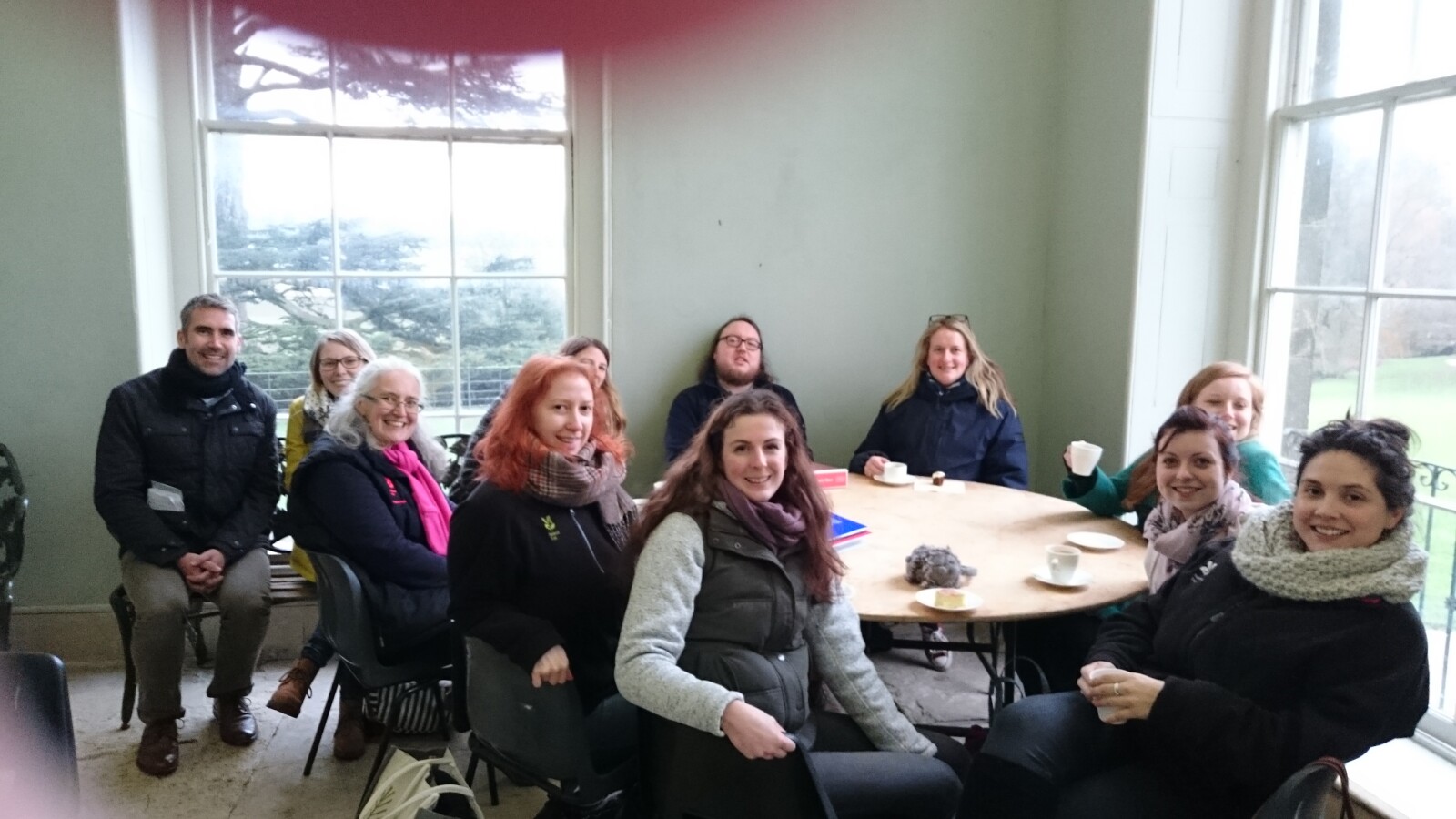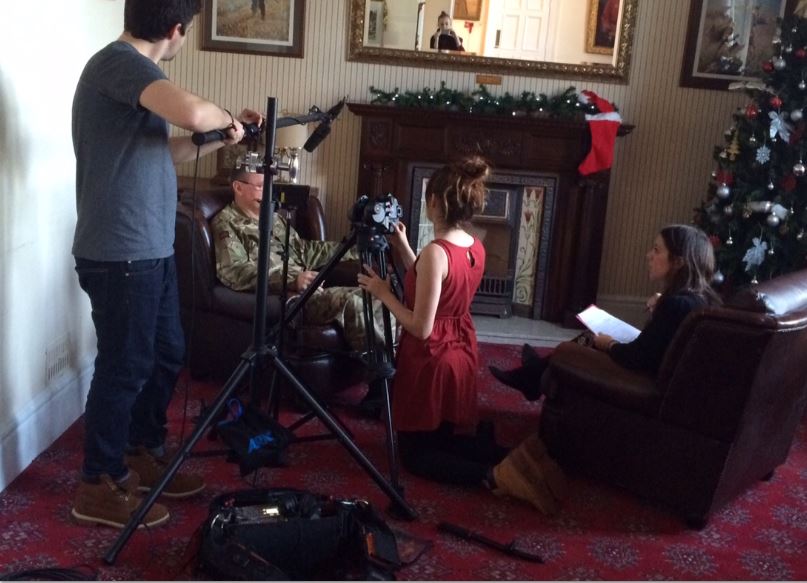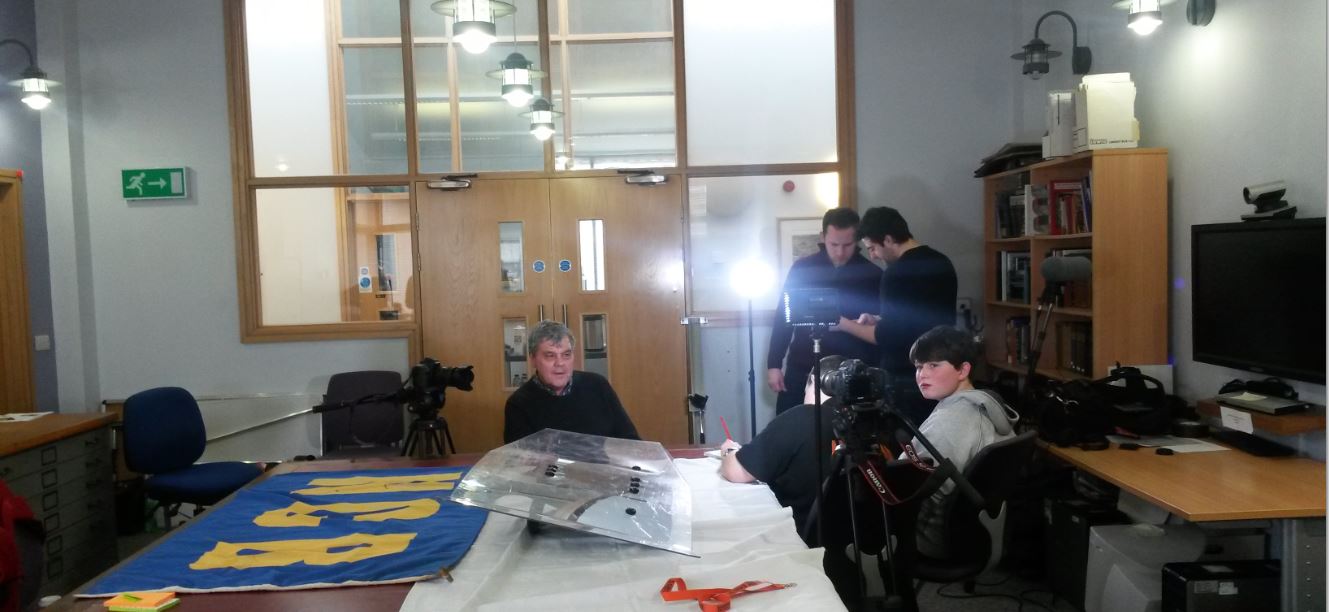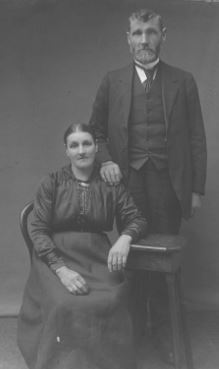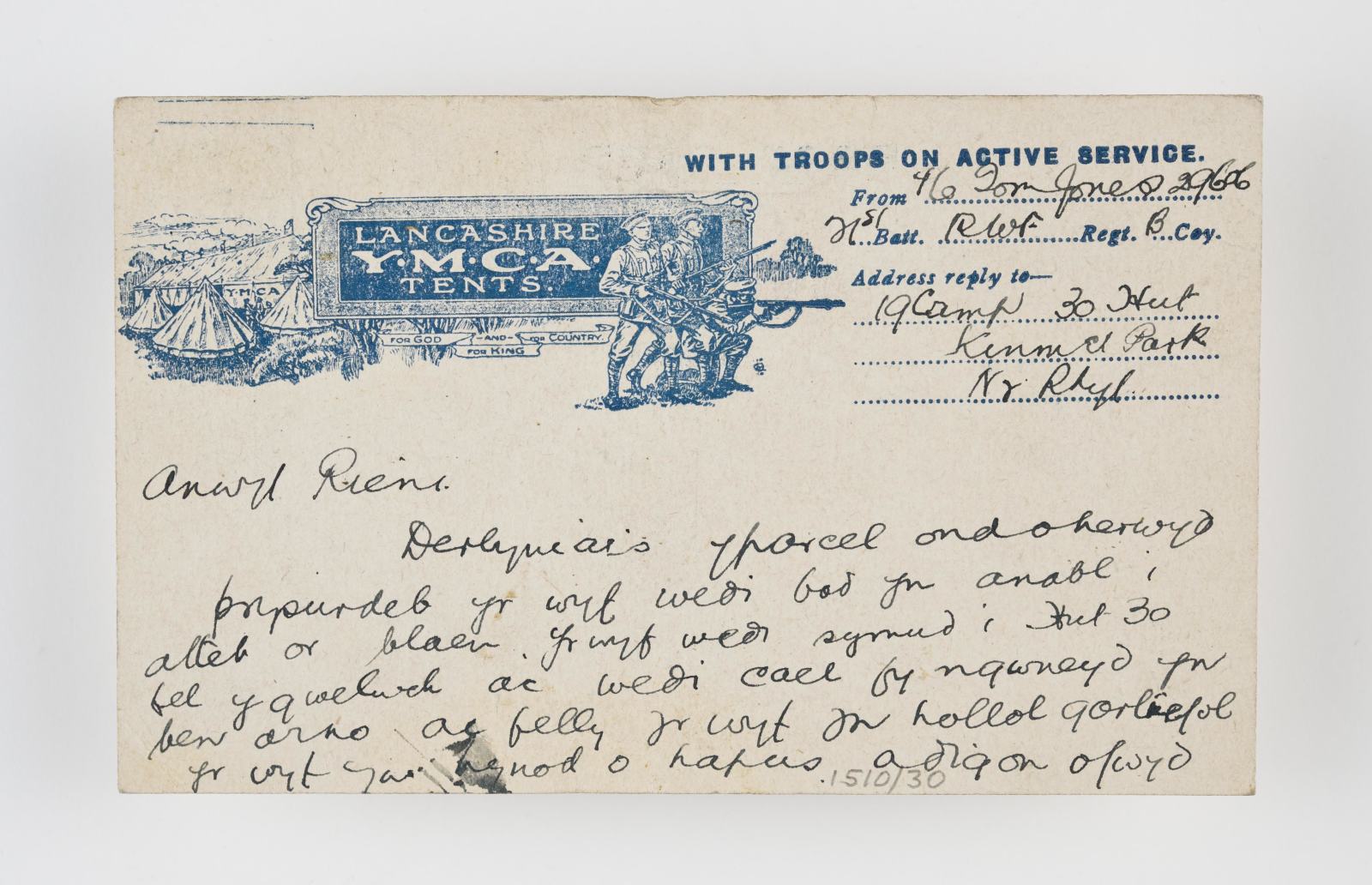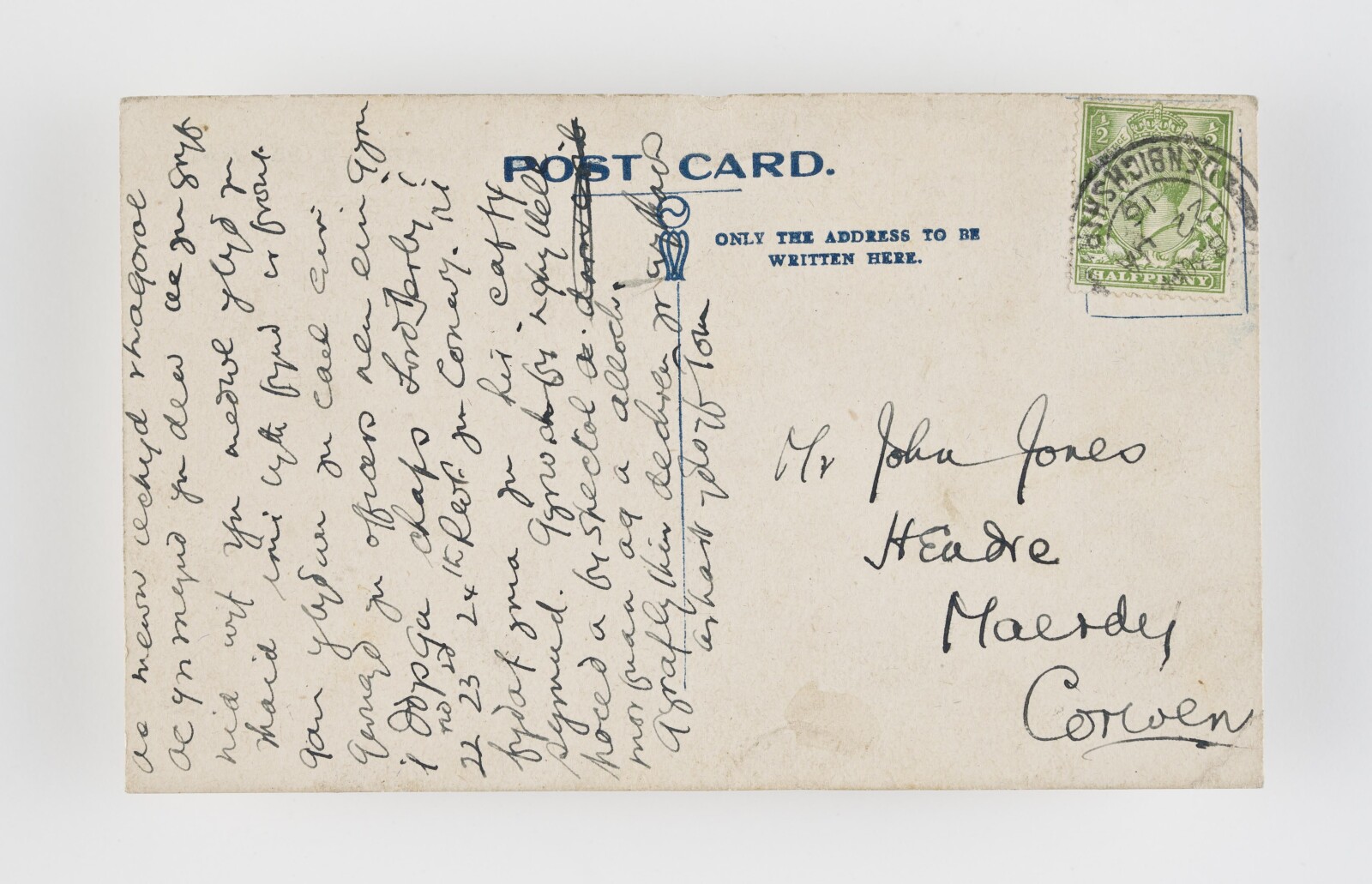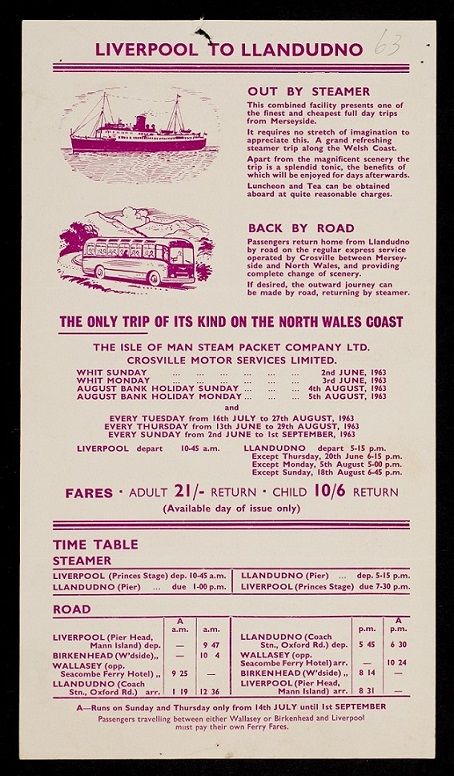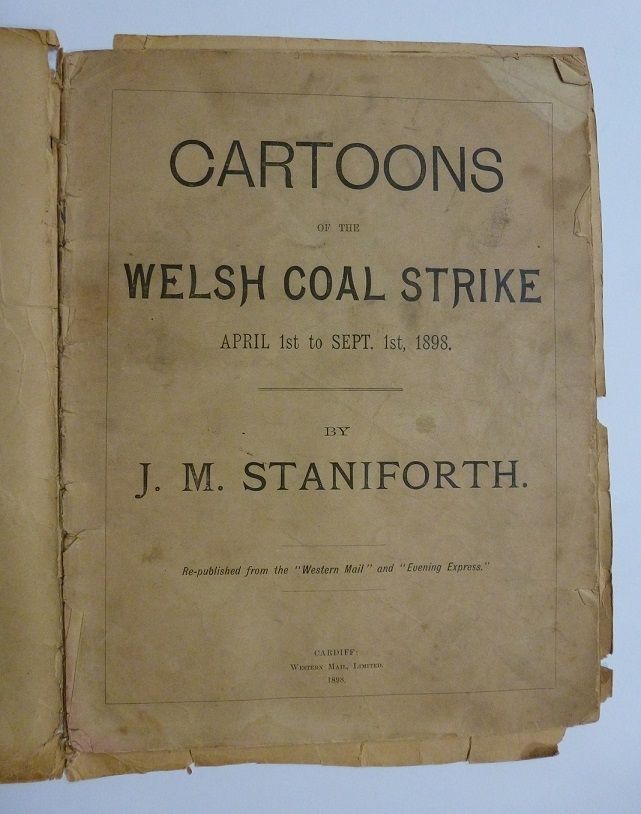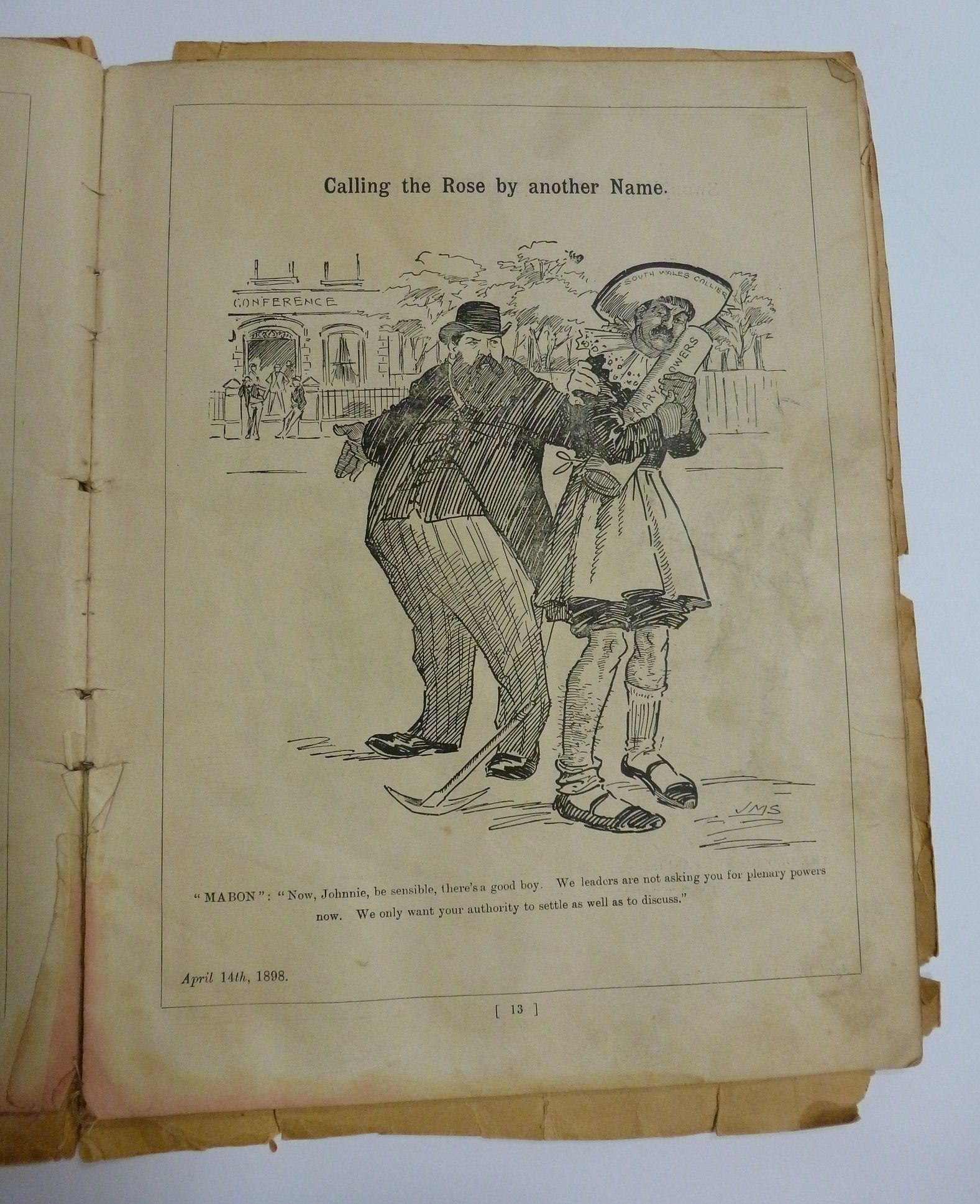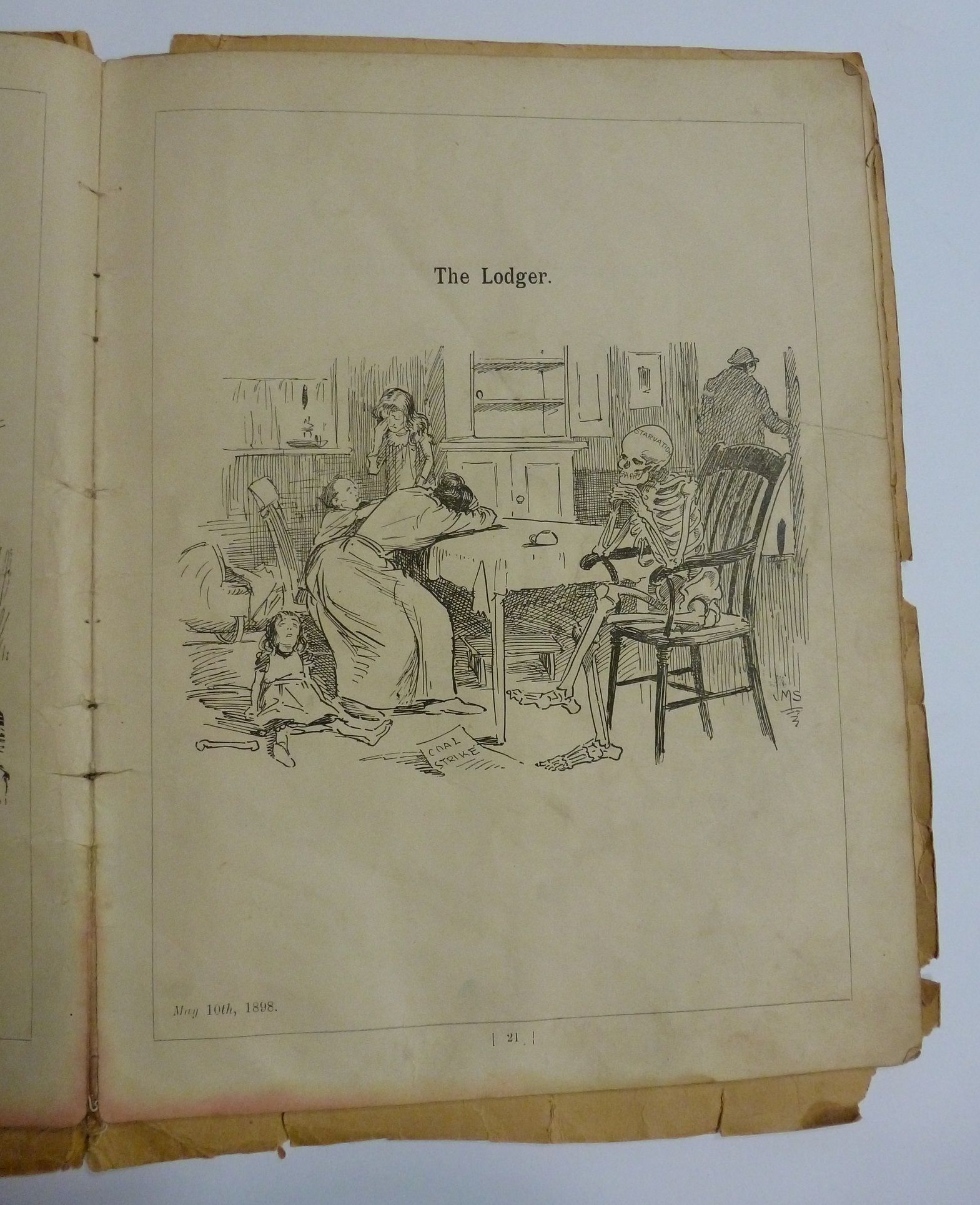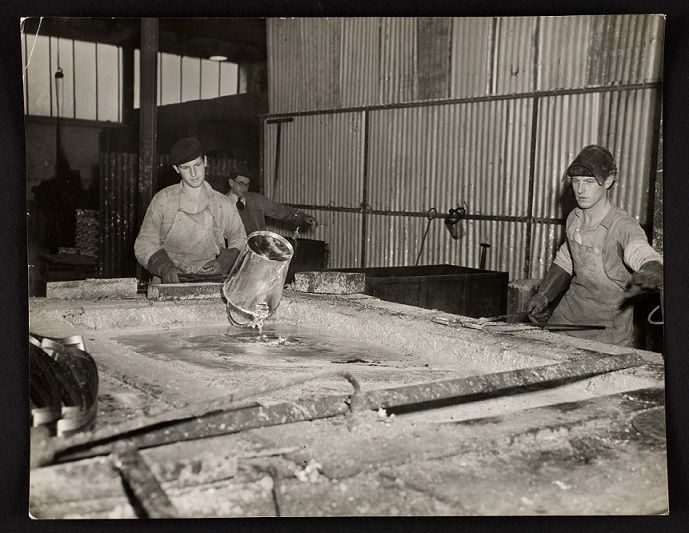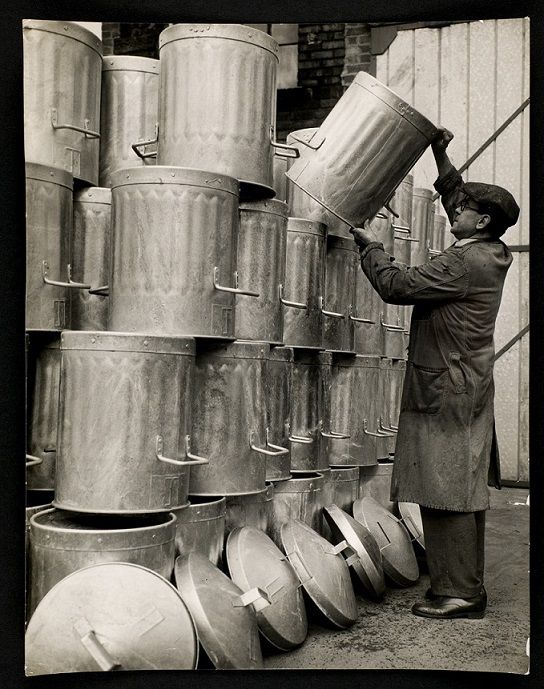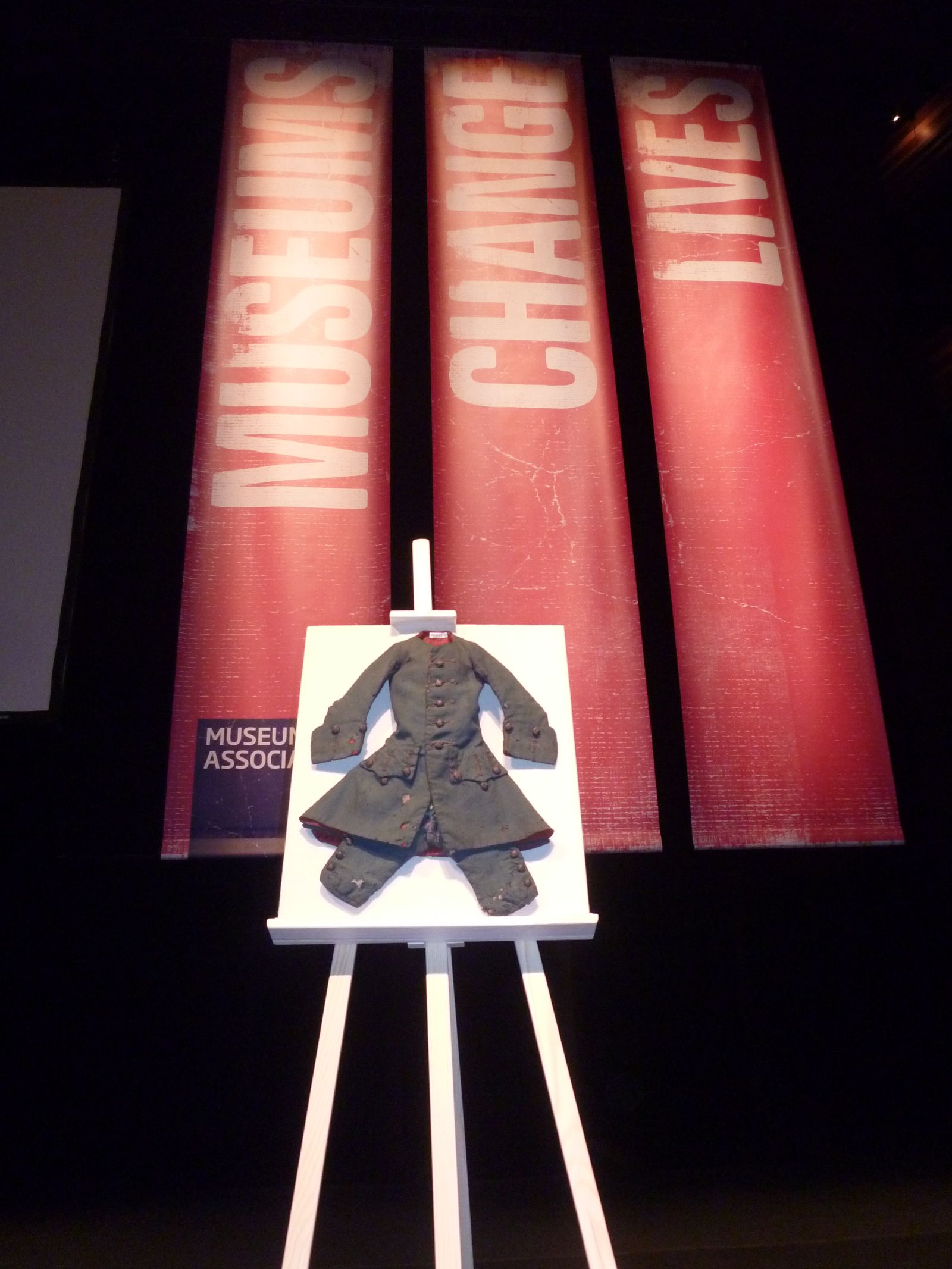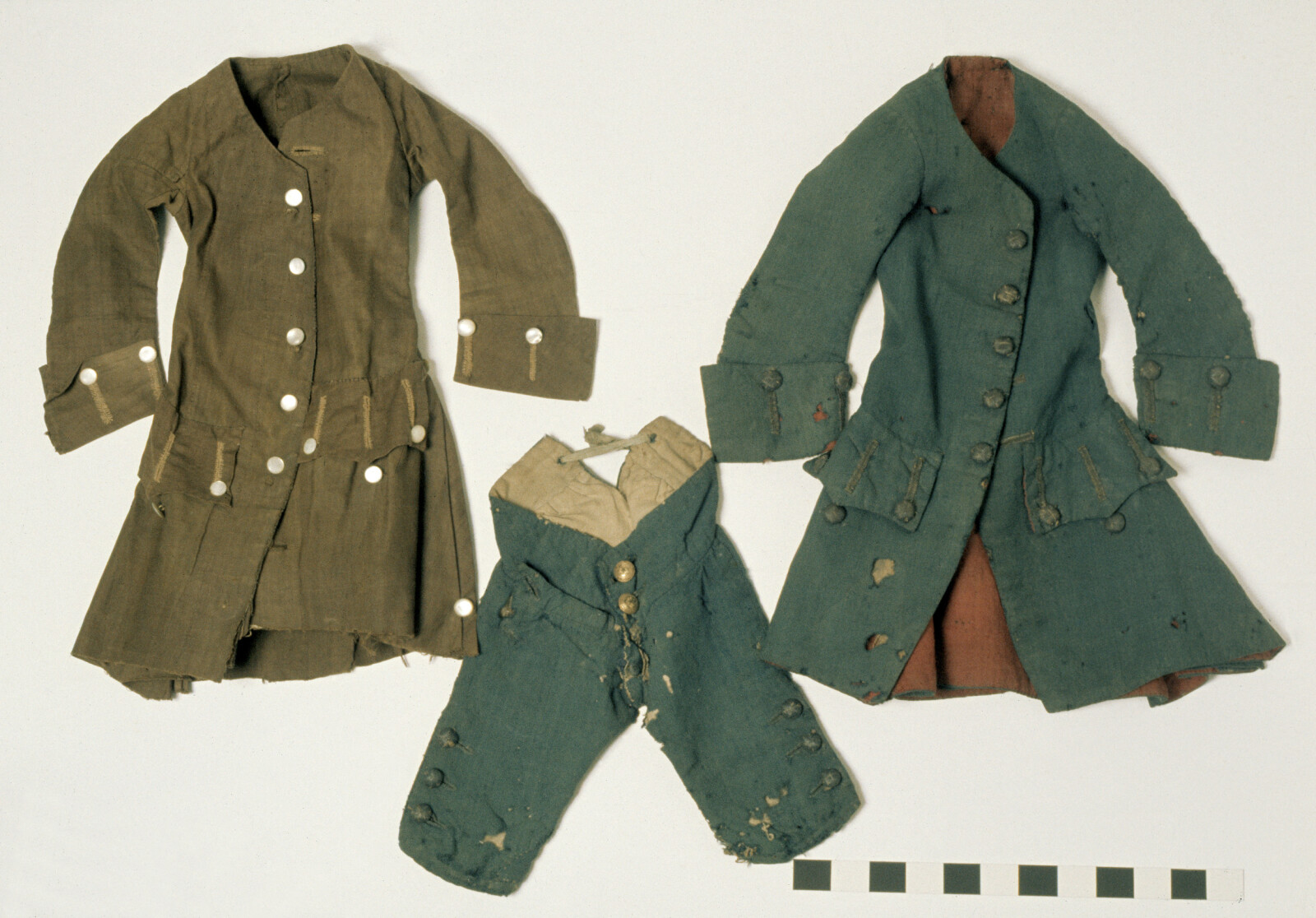Housekeeping in a museum – a monumental challenge
, 25 January 2016
Mrs Beeton, spreading Victorian housekeeping wisdom through the medium of her 1861 classic “Book of Household Management” (still in print in 2016!), said in her introduction: “What moved me, in the first instance, to attempt a work like this, was the discomfort and suffering which I had seen brought upon men and women by household mismanagement.”
Every conservator can identify with that; how many times have we seen objects damaged by inadequate environmental controls, neglected pest management, or insufficient pollution control? Panel paintings will split when the humidity in a gallery fluctuates widely; taxidermy displays are devoured by dermestid beetles; and lead objects, even minerals, corrode to dust in the presence of airborne organic acids, a typical indoor pollutant.
For conservators, the modern version of Mrs Beeton’s book is the National Trust’s “Manual of Housekeeping”. This is a book that has grown over the years into something now requiring a good sized tree to print it on – and, according to the National Trust’s paper conservation advisor, Andrew Bush, should be the only book in your collection that is badly damaged (from frequent use for reference purposes, of course). Conservation has changed from the use of traditional remedies into a science in its own right, with many dedicated scientific journals where the latest research is published. The National Trust, as one of the largest employers of conservators in the UK, runs an in-house training programme to ensure dissemination of cutting edge research to the coal face, as it were. Last week I had the pleasure of going through this week-long training – and a pleasure it was indeed.
The course (held this year at Attingham Park, an almost 250 year old mansion in rural Shropshire) is both an introduction for new staff and a refresher for long established conservators, which is reflected in the intense programme: each day was packed with demonstrations, workshops and lectures. Shorter sessions introduce the agents of deterioration and advice on the care of carpets, rugs and paintings and their frames. Practical workshops deal with diverse topics such as the conservation of paper, ceramics, metals and natural stone – each with their own material properties, risks and preservation techniques.
Even Mrs Beeton was able to tell us that “Essence of Lemon will remove grease, but will make a spot itself in a few days”, but did you know that it takes up to seven people to remove a large painting safely from a wall? Or that the corrosion on the copper kettle leaves permanent damage in the form of pits which are visible even after careful conservation treatment? That much damage is caused to floors by the sheer number (and type) of shoes walking across our heritage sites? That light causes irreversible damage to pigments and materials which even the best conservator cannot repair?
This is where preventive conservation, the pre-emptive care of collections, comes in. We know the mechanisms causing damage to objects. The challenge for heritage organisations is therefore more than simply fixing objects when things go wrong – instead, the focus now is on ensuring that as little damage as possible happens in the first place.
This means undertaking dust surveys to set up cleaning management plans; risk assessing collections for the presence of mould and managing the store/display environment accordingly; spot checking collections for pest damage and monitoring the occurrence and movements of pests around the museum; monitoring and adjusting light levels to avoid sensitive objects being over exposed.
For many years the advice was to wear cotton gloves when handling paper. But libraries and archives found that much damage was done to sensitive documents through the use of cotton gloves, which reduce manual dexterity, allow sweat and oils through from the skin and can snag on paper. So the advice now is to use either vinyl gloves or none at all – providing your hands are clean and free from grease.
Looking after the nation’s heritage takes more than locking objects in a store and hoping for the best. The proper care of collections requires much knowledge and experience; constant training to keep up to date with the latest research forms part of that.
Find out more about care of collections at Amgueddfa Cymru - National Museum Wales here.





